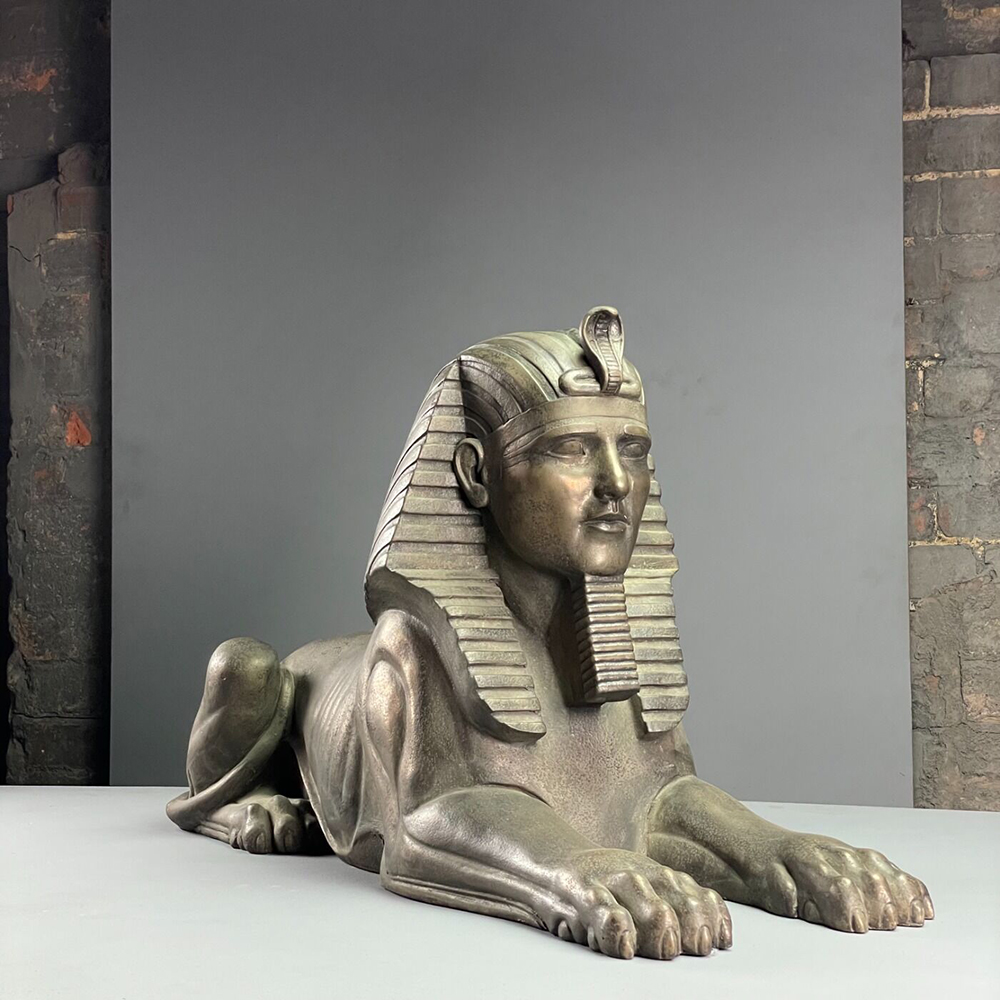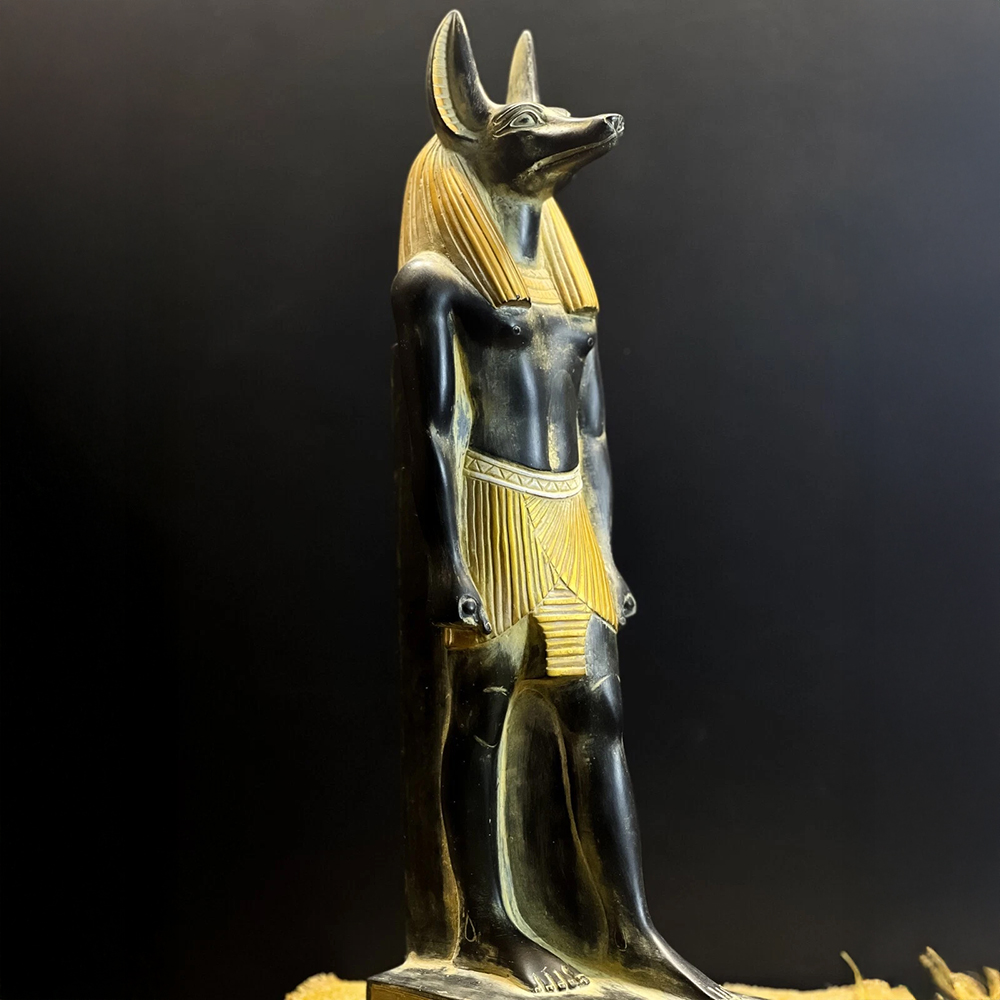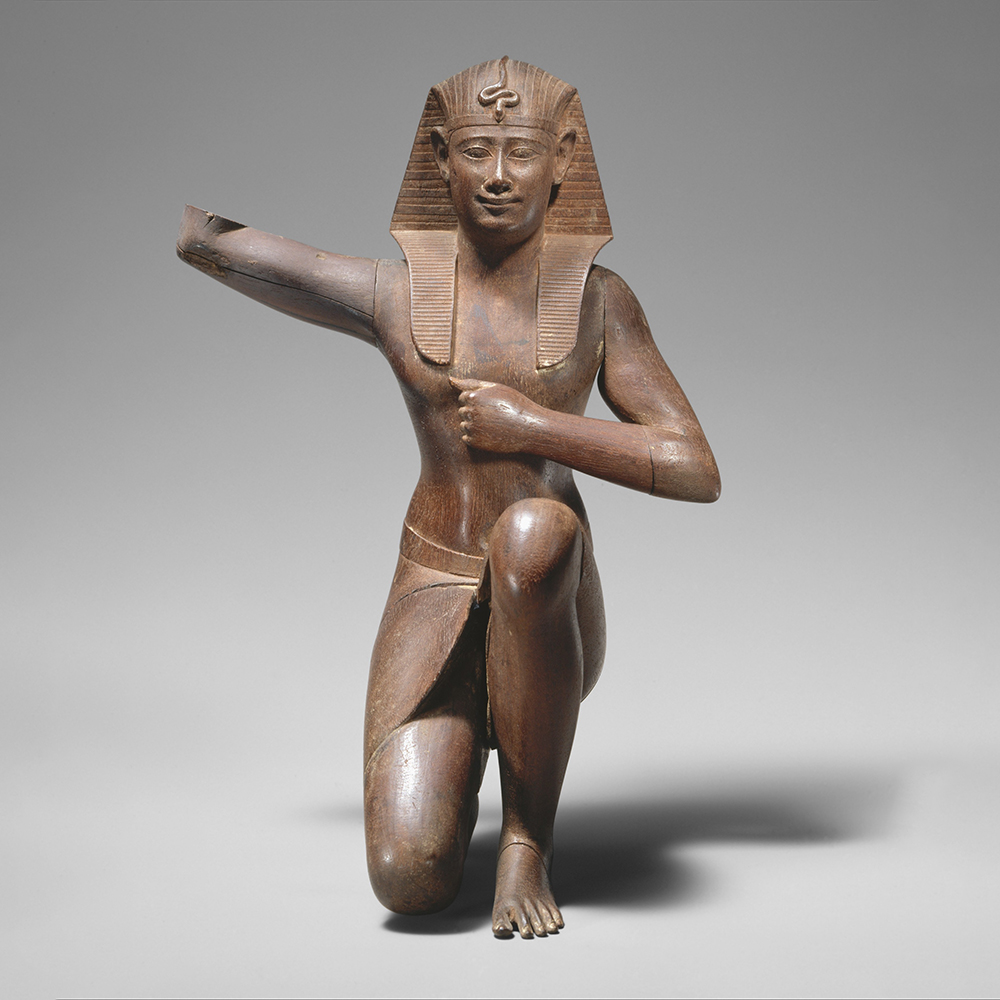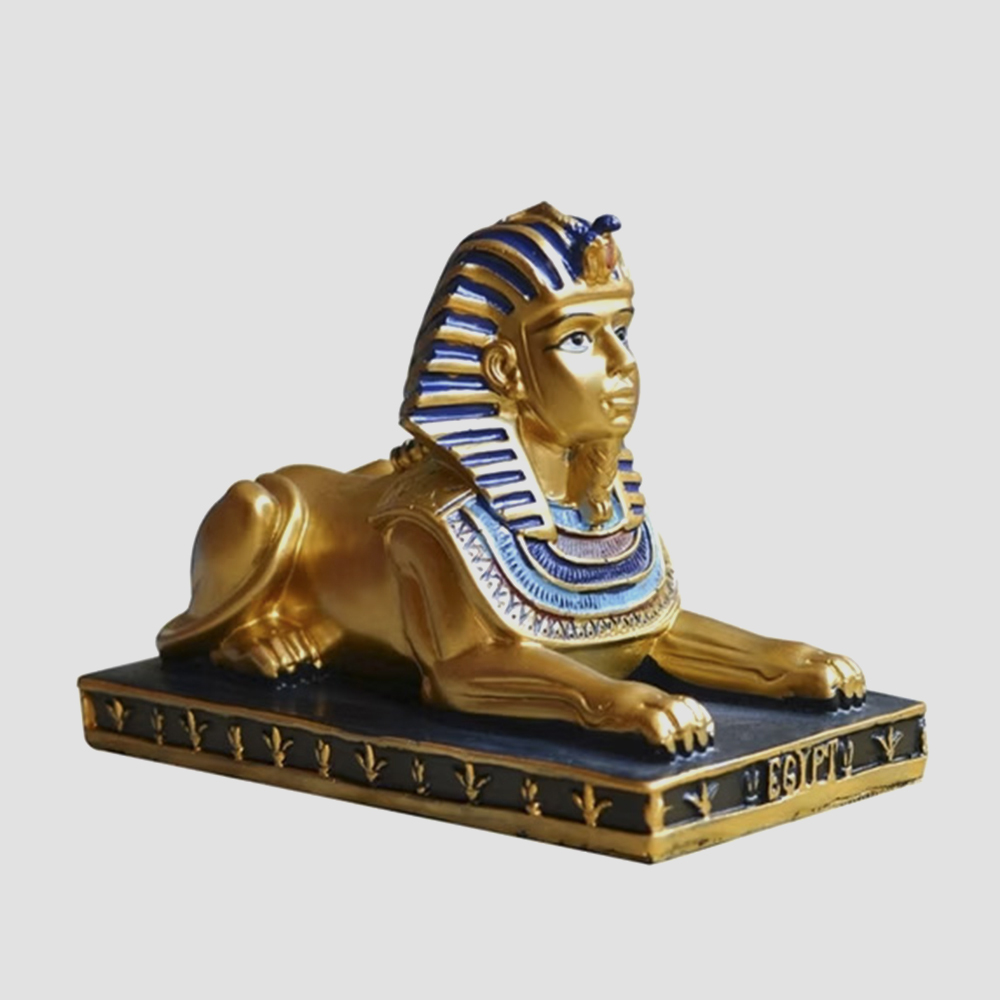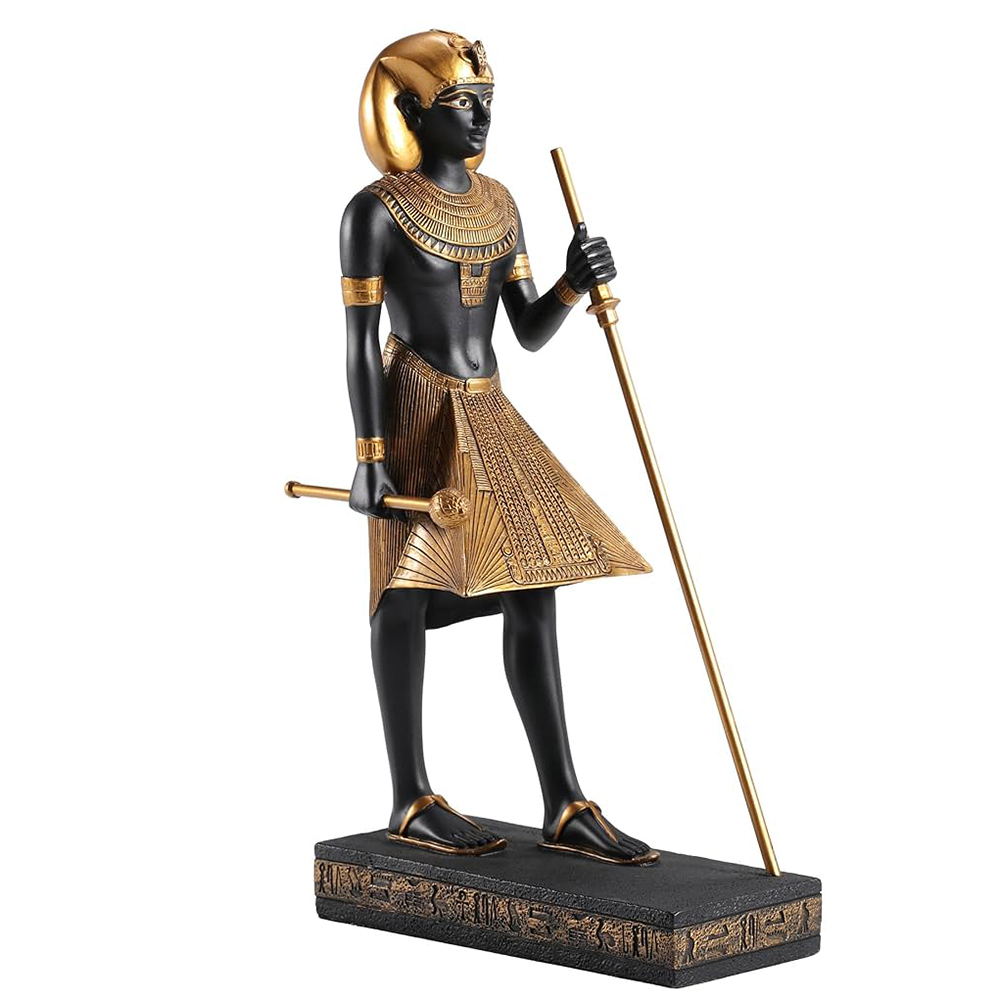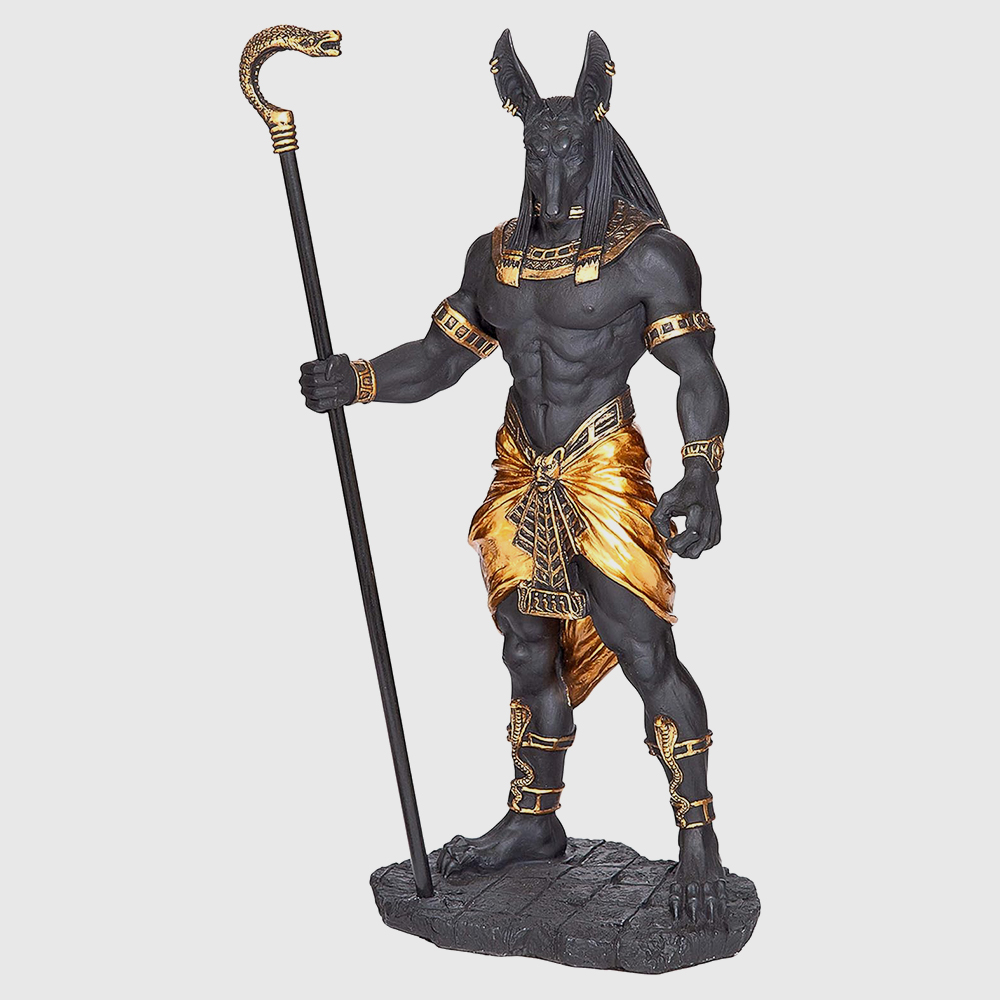
1. Introduction of Horus Sculpture Horus is one of the most important deities in ancient Egyptian mythology, revered as the god of the sky and patron of the pharaohs. He often appears with a falcon-headed figure, symbolizing royal power, justice, and victory. His eyes represent the sun and moon, respectively, thus closely linking him to […]
View More...
